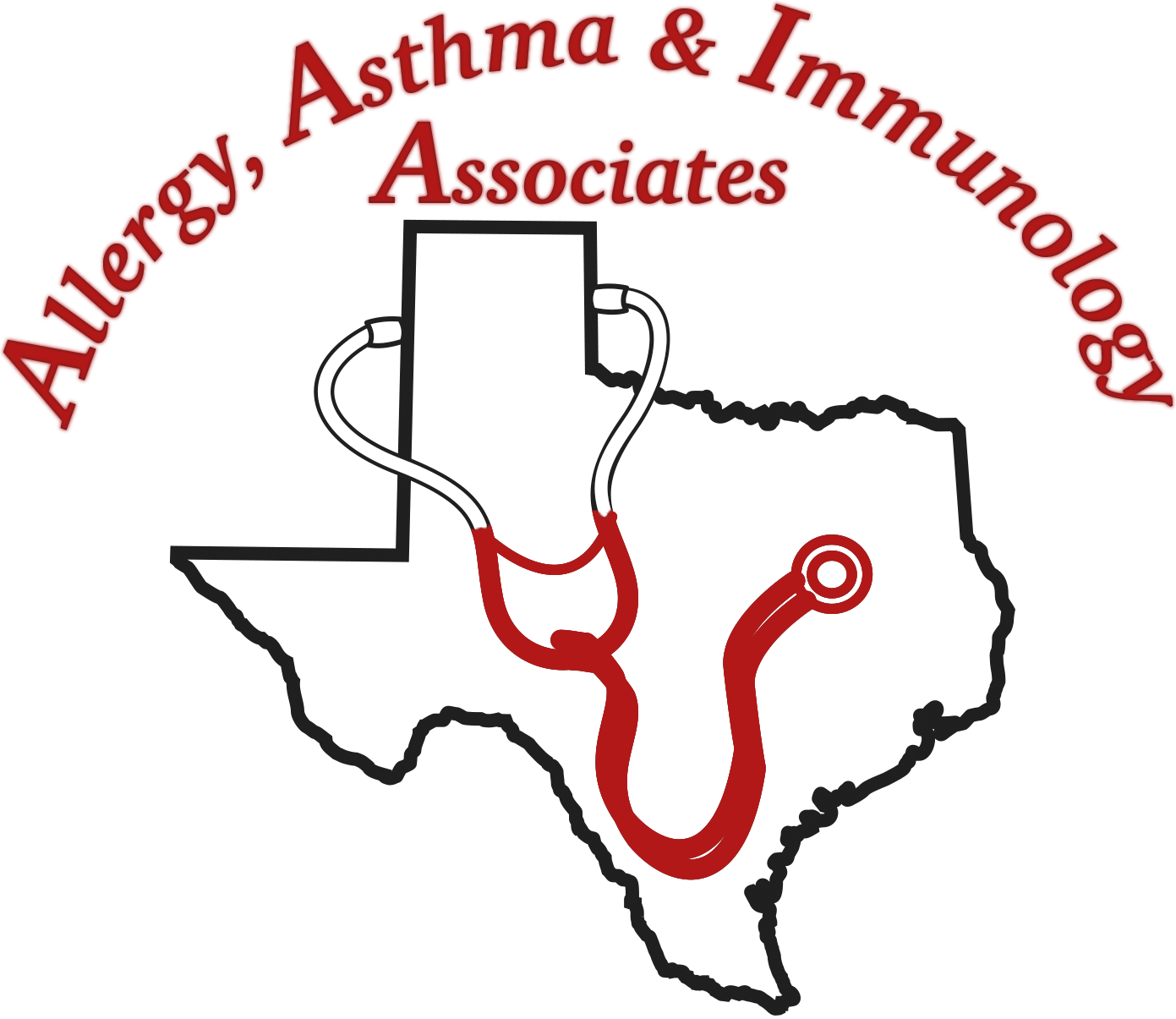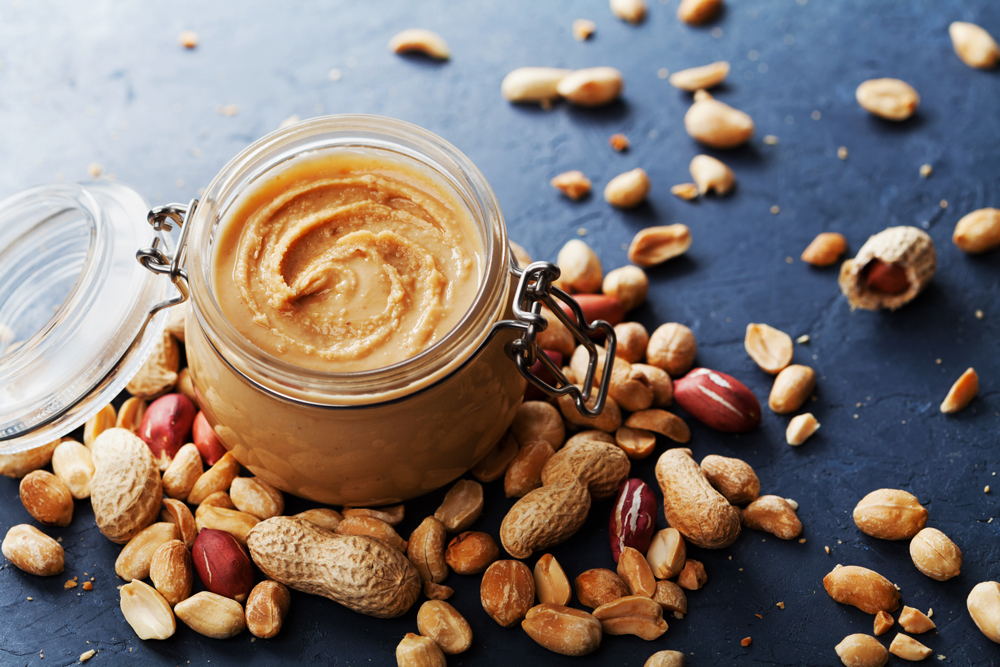Why Do I Have Food Allergy?
If both your parents have allergies, you have about a 75 percent chance of being allergic. If one of your parents is allergic, or if one of your relatives from either side has allergies, you have a 30-40 percent chance of having some form of allergy yourself. If neither parent has allergy, the chance is only 10-15 percent.
The amounts of a food or a kind of food you eat, and how often you eat, it may be important to why you become food allergic.
Food Allergy Symptoms
Studies suggest that food allergies affect as many as 15 million Americans. Food allergy reactions can cause a variety of symptoms that range from mild to severe, including anaphylaxis, a serious reaction that is rapid in onset and may cause death. These reactions can be the result of the immune system producing an antibody, Immunoglobulin E (or IgE) to a certain food, or the result of a non-IgE reaction, which is cell-mediated. Some examples of non-IgE reactions include milk or soy intolerances, celiac disease, Food Protein Induced Enterocolitis (FPIES), and eosinophilic disorders.
Virtually any food can cause an adverse reaction, though eight foods (egg, milk, peanut, tree nuts, fish, shellfish, wheat, and soy) account for approximately 90 percent of all reactions.
Symptoms can involve the skin, gastrointestinal, cardiovascular, and/or respiratory tracts. Mild symptoms can include an itchy mouth, isolated hives, or mild nausea or discomfort.
More severe food allergy symptoms include:
Credit: American College of Allergy, Asthma & Immunology


